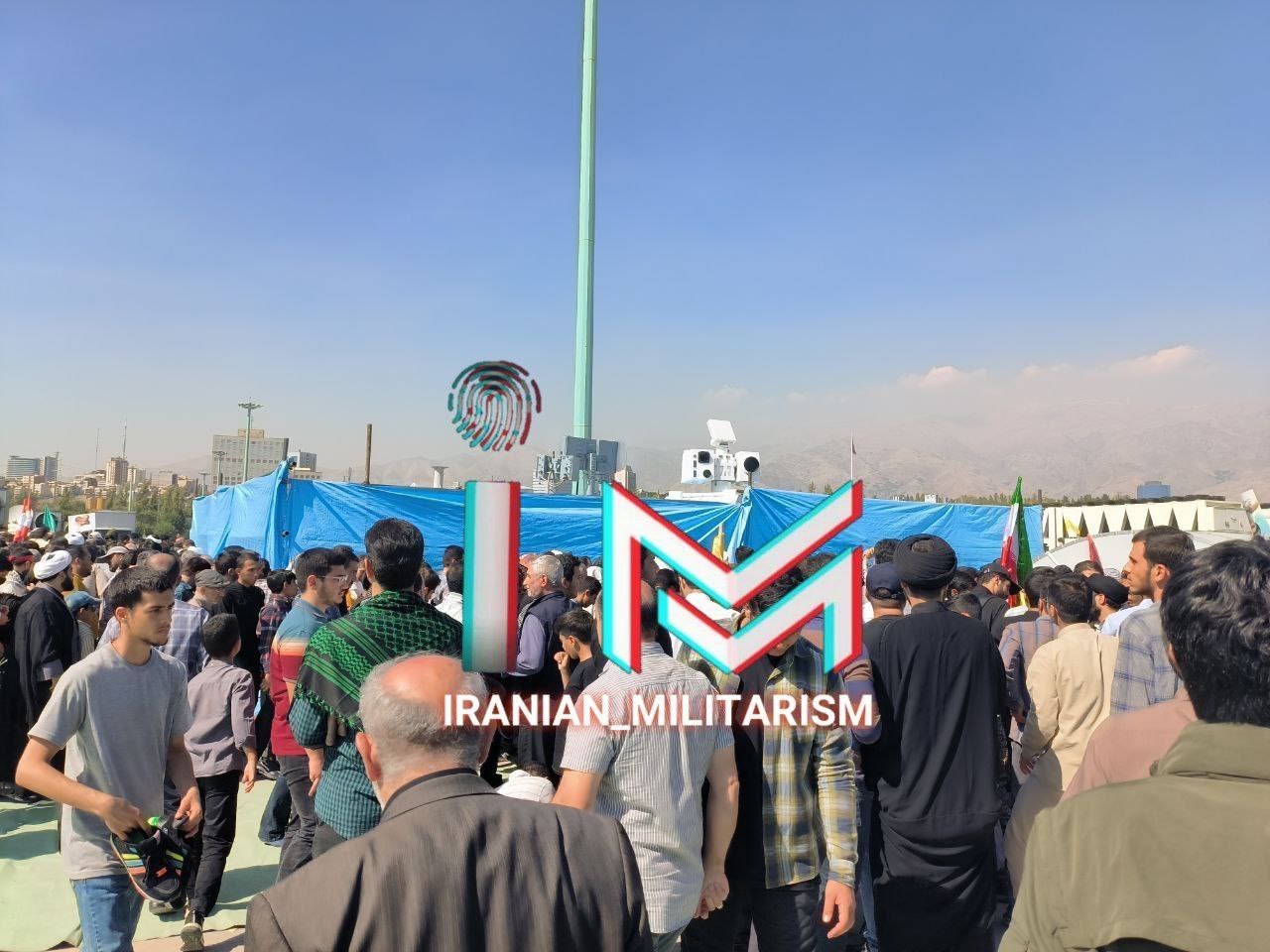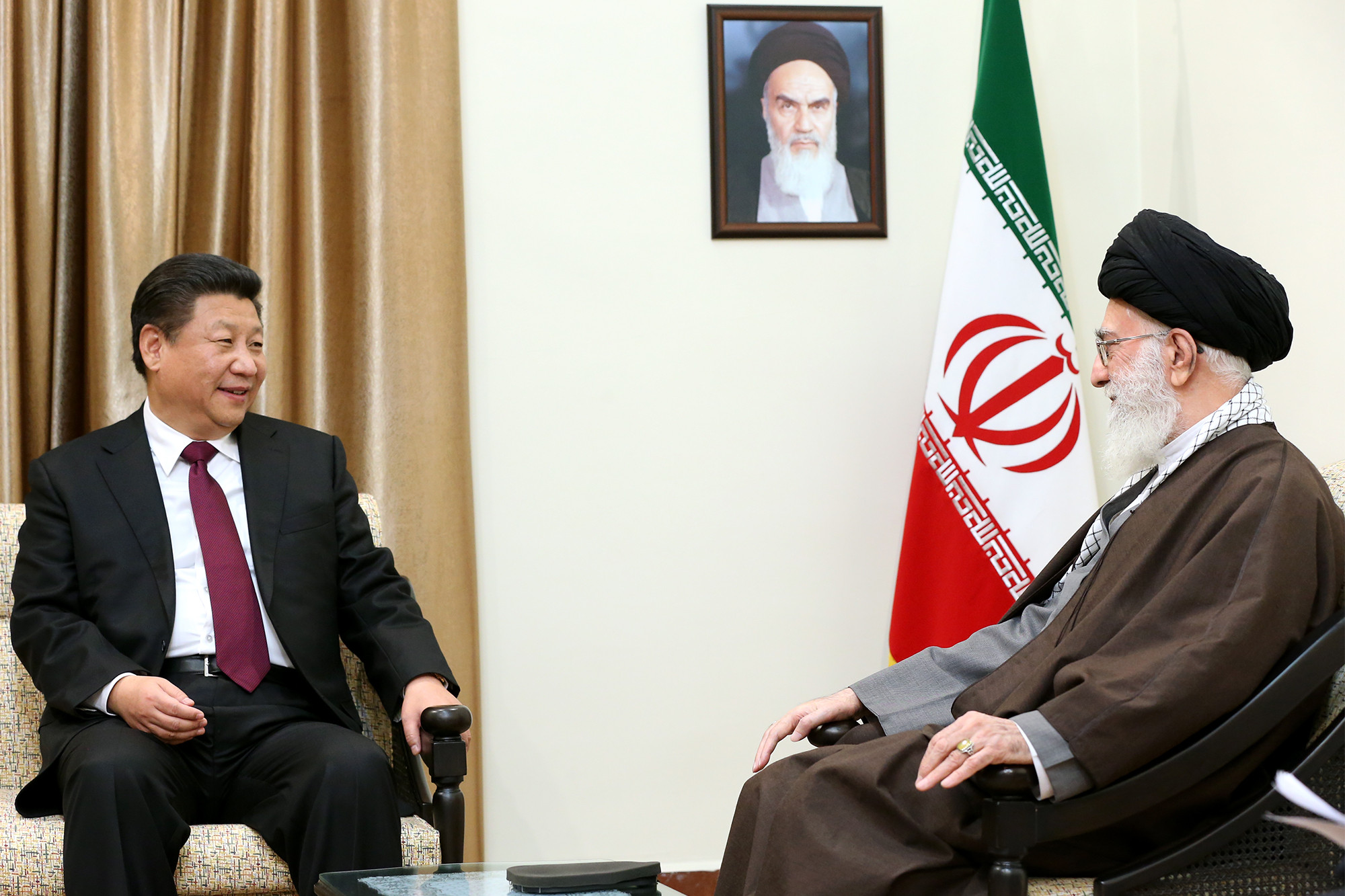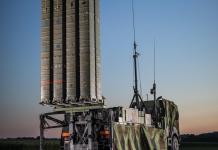In an unusual development, a Chinese laser anti-drone system has allegedly been spotted in Iran as the West Asian country fears an Israeli retaliation to its missile strike conducted earlier this month.
On October 4, Iran’s Supreme Leader Ayatollah Ali Khamenei gave a rare public sermon. The site where the leader spoke was protected by a host of defensive systems for security, including a possible Chinese laser counter-drone system, which was spotted by military observers after photos of the event were published online.
In the sermon, which came days after Iran’s strike on Israel, Iran’s Supreme Leader Khamenei justified Iran’s recent ballistic missile attack and declared that Iranian-backed proxies would continue fighting.
He also lauded the October 7 attack launched by Hamas on Israel last year, which led to the latter declaring war on the Gaza-based militant group.
The photographs of the counter-drone system, alleged to be of Chinese origin, surfaced on the internet on October 4-5. At first, the system was believed to be the ‘Silent Hunter’ anti-drone system unveiled by China at the Zhuhai Air Show in 2022.
However, independent military experts and journalists later debunked the claims, referring to the photographs and mock-ups of the Silent Hunter seen earlier to draw a comparison.
Some military watchers wrote on social media that while the system caught on camera was similar to the Silent Hunter, it had more in common with another counter-drone system called ‘Shen Nung’ or ‘Shennong,’ which is also manufactured by China. Both the Shen Nung and Silent Hunter feature small radars atop their turrets to aid in target detection and tracking.

A PLA watcher who did not want to be named told the EurAsian Times: “It looks more like Shen Nung 3000. But who knows, it might be a different design. Anti-drone laser systems are pretty common, and there are probably tons of products in that category offered by PRC manufacturers. It’s also possible that it isn’t a Chinese product but a domestic Iranian product.”
#BREAKING: Scared of being eliminated by the #Israeli quadcopters in #Tehran, #IRGC terrorist organization used their newly acquired Shennong Shield 3000 Chinese Anti-drone laser system to protect terrorist dictator of the #Iran's regime, #Khamenei, during Friday pray yesterday. pic.twitter.com/0GubgoAFuj
— Babak Taghvaee – The Crisis Watch (@BabakTaghvaee1) October 5, 2024
Shen Nung’s radar can identify drones from a distance of up to five kilometers. According to reports, the system’s laser has a power range of 10 to 20 kW and can fire non-destructive “dazzling” or blinding attacks up to over three kilometers away. It can also really destroy some objects that approach within 1.5 kilometers.
The unidentified system spotted in Iran was deployed to protect the Supreme Leader from a possible targeted assassination attempt by Israel. Although Iran has earned the reputation of being one of the largest manufacturers of small and inexpensive kamikaze drones, it is not completely immune to the threat from one-way attack drones either.
Moreover, the substantial expenses associated with intercepting drones and missiles have led to an increased focus on laser-based systems in contemporary warfare. Some experts have conjectured Iran may have locally developed a clone of the Chinese system or reverse-engineered a Chinese anti-drone system to bolster its air defense capability.
Typically, laser-based counter-drone systems use a high beam to attack targets at a much lower cost than air defense missiles, which cost millions of dollars. Additionally, lasers can discreetly incinerate adversarial targets without inflicting collateral damage, thereby reducing casualties.
While it is not clear whether the laser-based counter-drone system deployed by Iran can actually shoot down drones, lasers can nonetheless illuminate and blind the drones and prevent them from reaching their designated targets.
The spotting of the system comes at a time when Iranians are anxiously awaiting an Israeli retaliatory strike. Reports in Western and Israeli media have noted that the Israel Defense Forces (IDF) could bomb Iran’s nuclear facilities as well as its oil and energy infrastructure, besides targeting the prominent political and military leadership in the country.
China has not publicly acknowledged transferring counter-drone systems or any other arms to Iran. However, the two states share very close ties.
China’s Close Ties With Iran
China and Iran have signed multiple agreements for cooperation in the last couple of years as the latter reels under crippling international sanctions imposed by the US and its allies.
Unlike most countries, China has not denounced Iran’s strike on Israel and has only expressed concern about the situation in the Middle East.
China’s foreign ministry described the attack as “the latest spillover of the Gaza conflict.” It urged “the international community, especially countries with influence, to play a constructive role for the peace and stability of the region.” China also “calls on relevant parties to exercise calm and restraint to prevent further escalations.”
Iran’s close ties with China have been demonstrated by Beijing’s refusal to condemn Tehran. China and Iran have sustained strong military connections.
Several analysts and military commentators have noted that China has provided the Islamic Republic with significant weapon platforms and vital military and dual-use technologies in the past. However, the extent of arms transfer is not known.

China ranks as one of Iran’s primary trading partners following the imposition of international sanctions. The two states signed a 25-year strategic cooperation agreement in 2021 which would see large Chinese investment in Iran’s economy and a discounted Iranian oil sale to China.
China also leveraged its influence in the Middle East to facilitate peace between Iran and Saudi Arabia, two longstanding adversaries.
The Biden administration, for its part, has flagged the dangers posed by the wider axis of China, Russia, Iran, and North Korea, which purportedly seeks to counter the US and its allies.
China, for one, has already been accused of providing arms to Russia in defiance of US warnings. However, there is hardly any evidence to corroborate an arms transfer taking place between Beijing and Tehran.
Nonetheless, if the presence of a Chinese laser counter-drone system in Iran is verified, it would further demonstrate the extent of cooperation between the two states.
- Contact the author at sakshi.tiwari9555 (at) gmail.com
- Follow EurAsian Times on Google News




